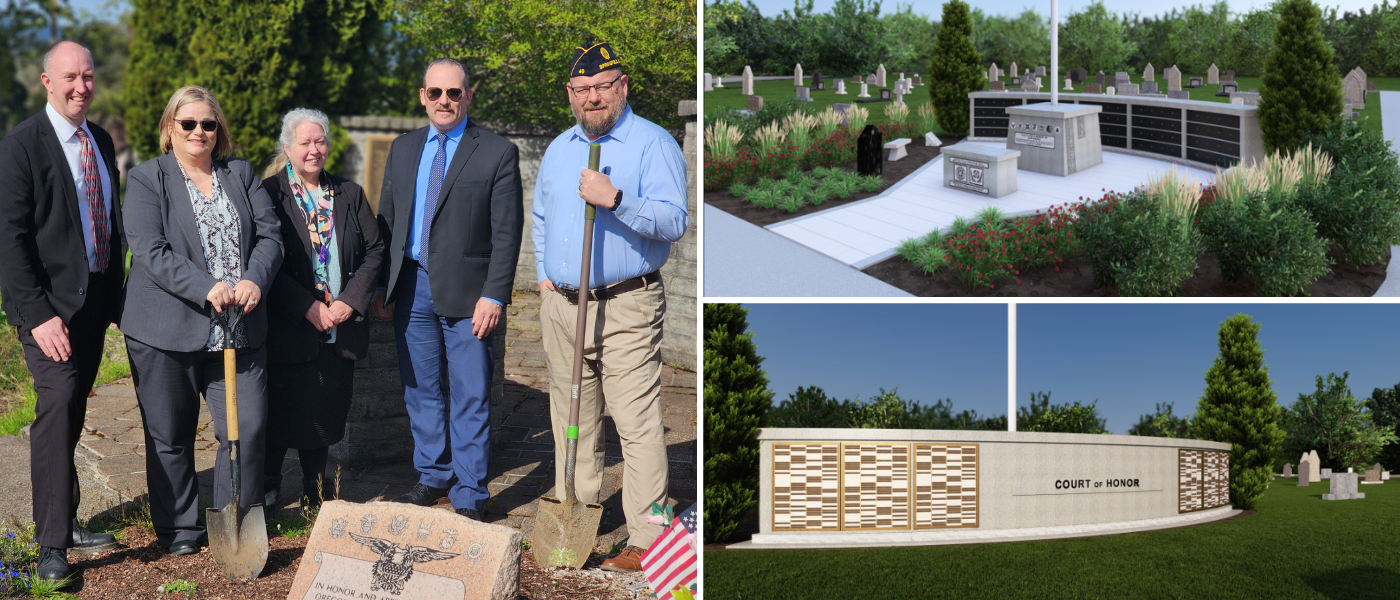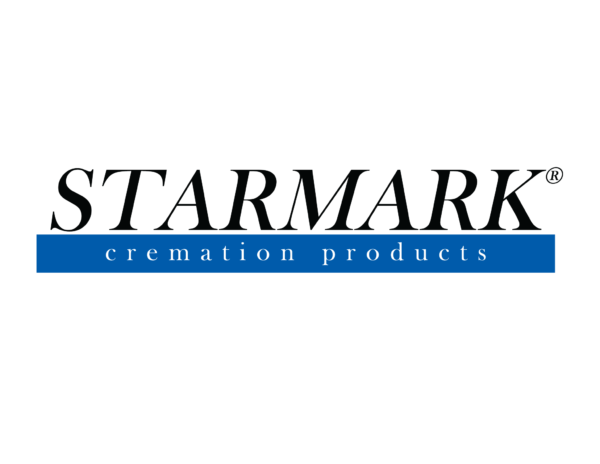DIY Funerals: The Rewiring of Our Memorialization Mindset
Originally Published on the OGR Blog
A few years ago I thought it would be nice to have the lights in my home automatically turn on whenever someone entered each room. I’m a fairly capable do-it-yourself home owner; how hard could it be to replace a few switches? Everything went smoothly when I replaced the first one, but after replacing the second switch, I discovered that the kitchen range had lost power. Then I noticed that several electrical outlets in an upstairs bathroom no longer worked and that the dining room chandelier shone only in a pale imitation of its former self.
After much gnashing of teeth, the licensed electrician I forced myself to call gave me his gentle and much-rehearsed recitation about the many home owners who think they have adequate knowledge about house wiring when, in fact, they don’t have enough knowledge to know what they don’t know.
DIY Trends in Funerals and Memorialization
I’m seeing a similar trend in funeral service. Over the years, funeral professionals have shielded families from the hundreds of details they perform on their behalf. They never stopped to explain that it takes years of experience and many hours of hard work to make arranging and implementing funerals look easy. It’s no surprise, therefore, that many families believe they can perform these services themselves. Other families may not perceive that funeral directors can provide unique and meaningful experiences that honor loved ones and begin the healing process.
Arranging home funerals is the most obvious example of do-it-yourself funerals, but I’m seeing options that extend deeper into our communities and culture. Here are some examples:
- Participating in One’s Own Funeral—Since Tom Sawyer eavesdropped on his funeral in Mark Twain’s classic novel, many people have wondered what it would be like to attend their own funerals. Gerry DeVito did more than wonder; he planned and conducted his funeral before he died. A woman in Brazil laid in a casket for an entire day as family and friends paid their respects. She called it the “best day of her life.” Attending mock funerals has been a trend in South Korea for several years as a way to accept one’s mortality. Virtual funerals are an option for those who are squeamish about attending their funerals in person. Using 3D photographs and other meaningful images, a museum recently ran an exhibit that created digital funeral ceremonies complete with eulogy and music as a way to enable people to view their own funerals. The virtual funeral also provided them with a meaningful way to announce their real deaths, when the time comes, on social media. An artist with terminal cancer took a different approach to involve himself in his memorialization when he began offering to tattoo people’s secrets on his body that he will literally take to his grave.
- DIY Funeral Community Events—The Natural Burial State Association hosted the first of what it plans to be an annual event, Death Fest: A Celebration, intended to instruct members of the public how to write their own obituaries, build their own eco-friendly caskets and plan their green burials. The organizers encouraged families to consult licensed funeral directors only to “record necessary legal paperwork and help publish obituaries; stage wakes, funerals, and cemetery burials, or arrange cremation.” A Pennsylvania woman offers a class and a consulting firm both called I Want a Fun Funeral. She teaches people to create their own lively funeral ceremonies. One student is a cat lover who plans to ask friends and family to spend the day playing with cats in a local shelter instead of attending a formal funeral service.
- Self-Service Body Disposition—An architect in Seattle plans to open a location that will enable families to bring their dead to a site where their loved ones’ bodies will be turned into compost by natural means. No funeral director or crematory operator is needed.
- Coffin Clubs—Coffin clubs are membership groups intended to provide instruction, tips and materials for members to build their own coffins. Such clubs often provide community residents with social connections as well as coffins they can enjoy as bookshelves or coffee tables until they’re needed for their more conventional uses.
- Funeral and Cemetery How-To Guides—As more consumers take funeral planning into their own hands, organizations and even government agencies are taking note and providing guidelines. The California Department of Consumer Affairs’ Cemetery and Funeral Bureau published Funeral and Cemetery Purchases so consumers can make meaningful arrangements while controlling funeral expenses.
- Death Midwives—In addition to washing and dressing the deceased, a growing trend for death midwives is to help terminally ill people express their feelings about dying and communicate these thoughts to their loved ones as a way of helping everyone involved cope with death.
- Attending Strangers’ Services—Last month more than 300 people attended the funeral of someone they’d never met. Residents of Eagle Point, Oregon gathered to pay their respects to a 91-year old veteran who had outlived most of his family and friends.
- Scattering Cremated Remains—Scattering loved ones’ cremated remains isn’t new, but the number of people who seek meaningful places at which to scatter is growing. An opera was recently halted when a man spread a fellow opera-buff’s cremated remains on the stage. Sports fans routinely toss ashes on playing fields. As the cremation rate grows, so will the need to inform families that asking before scattering will help them avoid problems with property owners.
Cremation opened the door for these ideas. Many families are willing to plan funerals up to the point where they have to do something with their loved ones’ bodies. Now that more than half of people who die are cremated, a growing number of families are empowered to try new ways to memorialize family members and friends.
Next week I’ll comment about what role funeral professionals might play as this cultural mind shift plays out.




